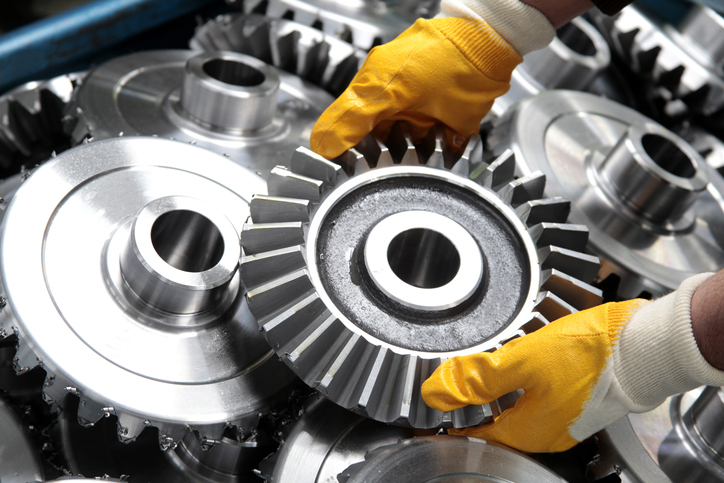Joining metal parts together with solder, easily bending pipes to go around corners and components, and lens blocking systems all rely on the use of low melting alloys. This type of metal allows for products, parts and components to be manufactured and cast at lower temperatures. This feature is ideal when requiring lower temperatures to melt the alloys when there are other materials present that may react in negative ways to higher temperatures.
Low melting alloys fall into two specific categories: eutectic and non-eutectic. An eutectic alloy will melt at temperatures from 117°F – 281°F to become a pure liquid form instantly while a non-eutectic alloy will melt at temperatures of 107°F – 338°F and become a slushy semi-liquid before transforming into a liquid state. Several common types of low melting alloys will contain a mixture of bismuth, tin, indium, lead, cadmium and antimony.
Different combinations of metals in low melting alloys will provide a range of properties based on what you want the metal to do and what the application will be.
Bendability
Various low melting alloys will be used for metals that need to be bent, such as tubes, without the walls cracking, kinking, or bending irregularly. It is also used for when rolling or extruding shapes. This type of melted metal will expand as it becomes a solid. Some low melting alloys that are highly popular for their bendability include bismuth-based eutectic Bend metals and bismuth-based eutectic Base metals.
Stability
Low melting alloys containing bismuth, tin and lead with indium added offers an extremely low melting point of 117°F to 138°F as it melts easily and is stable when it is cast. There will be minimal shrinkage or expansion when cooling. When it freezes, it can be used instantly without any other processing required. This type of alloy will be used to hold machine parts or as a lens alloy.
A lens alloy is a metal that will hold onto optical lens, glasses and plastic lens for surface grinding. After use, the alloy can be recovered and recycled again. Low melt alloys that are stable between its solid and liquid state, such as TRU alloy that melts at 281°F, is used for holding jet engine blades during machining processes.
Shrinkage and Growth
While there are times when a manufacturer will want a low melting alloy that doesn’t change in its properties when going from a liquid to a solid state, other low melting alloys will shrink when solidifying and then grow back to its original dimensions or expand past those dimensions. These metals, such as non-eutectic Safe alloy and eutectic Mellottes alloy, are ideal for proof casting where the metal becomes poured into a mold. Due to its shrinkage as it grows solid, it can be removed easily from the mold before it begins to grow.
When selecting a low melting alloy, take into consideration the characteristics it should have during the melt and when it solidifies. Then you can pick the right alloy for the application, whether you want it to hold parts in place, bend tubes, for soldering or to shrink when in molds. Contact Belmont Metals to learn more.

